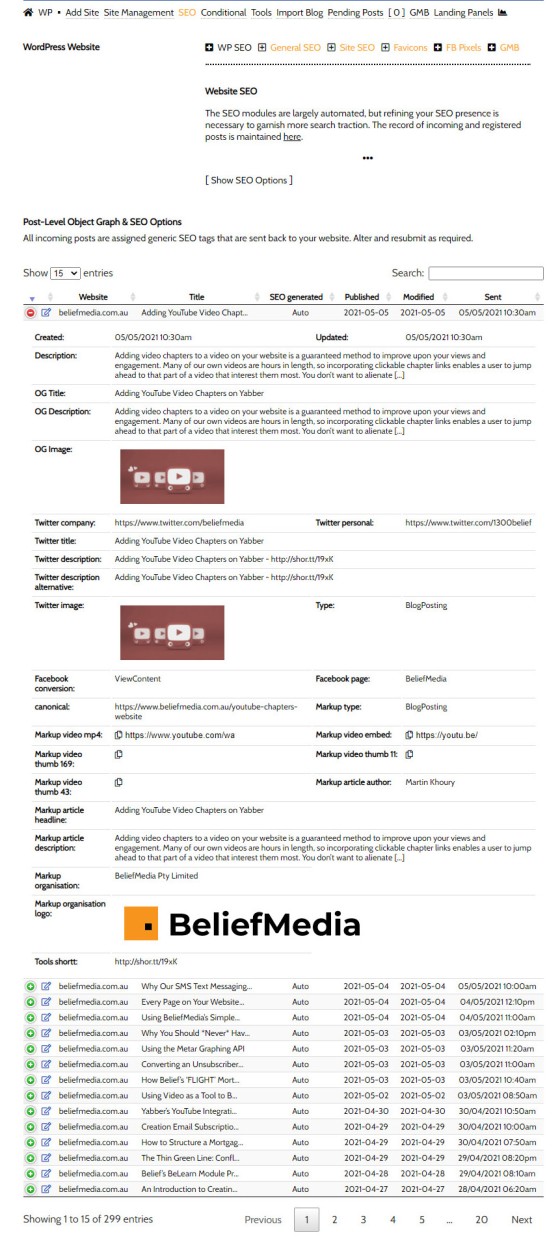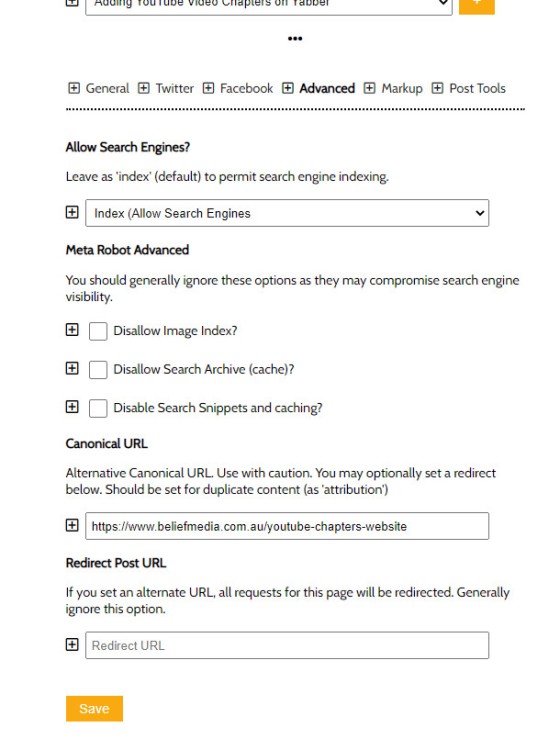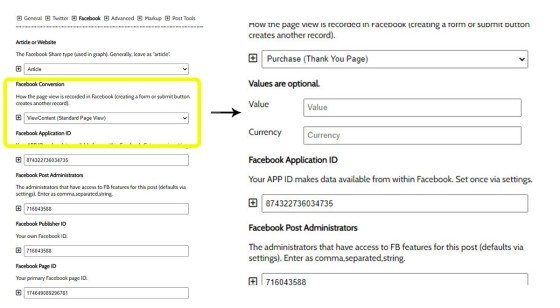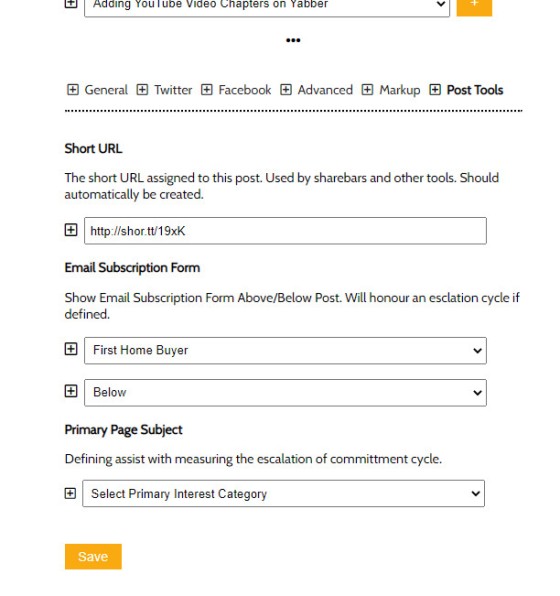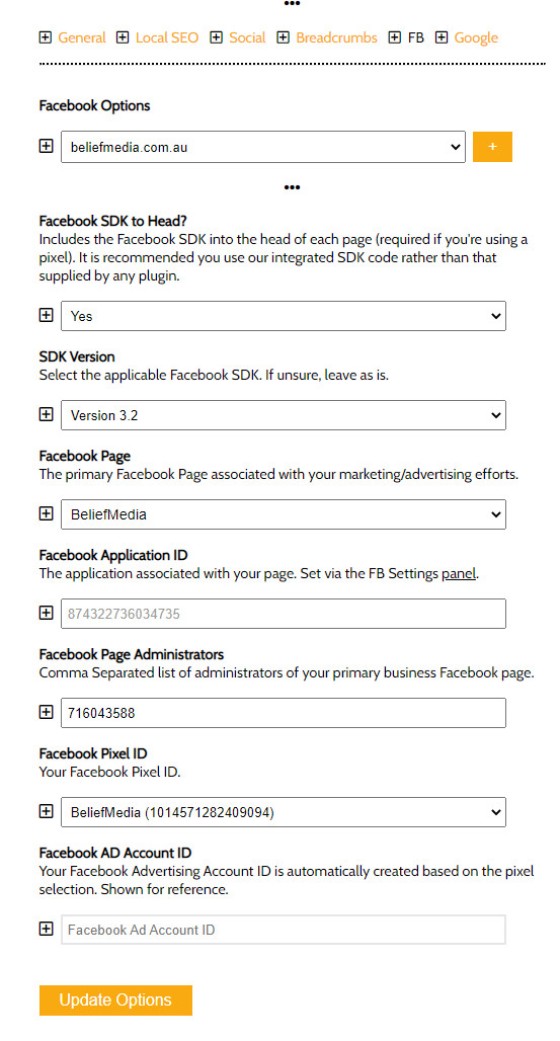When an article or other content is published to your website, there's an obligation to craft various tags and content markup that feed post data to search engines and social media services. These 'Object Graph' tags and JSON-LD markup enables rich snippets, increases your search visibility, and it defines exactly how each of your articles is represented in search and on social media. This article introduces the Yabber automation that creates necessary SEO data on your behalf.
If you're familiar with Belief you'll remember that we previously (in the pre-Yabber  days) provided clients with a high performing SEO plugin. The plugin wasn't unlike most of the other plugins available in the market with the exception that it tightly integrated with the now-retired Platform (making it more powerful than competing plugins, such as the very good Yoast SEO plugin). With over 20-years of SEO expertise behind us we've since developed tools that manage SEO in amazing ways. At the heart of this new experience is Yabber's automated SEO module, and this article introduces the feature (in brief).
days) provided clients with a high performing SEO plugin. The plugin wasn't unlike most of the other plugins available in the market with the exception that it tightly integrated with the now-retired Platform (making it more powerful than competing plugins, such as the very good Yoast SEO plugin). With over 20-years of SEO expertise behind us we've since developed tools that manage SEO in amazing ways. At the heart of this new experience is Yabber's automated SEO module, and this article introduces the feature (in brief).
A lot of the information on this page will read as gobbledygook if you've never invested much time into researching SEO, so if you want a one line summary it would read as follows: Your SEO is largely automated and optimised to feed search engines with what they're looking for in page structure. It genuinely provides an industry-leading SEO experience.
■ ■ ■
When you publish a new article to your website Yabber  will perform a number of functions. Just a few of them are described below:
will perform a number of functions. Just a few of them are described below:
- We analyse your article and create the necessary messages suitable for sending to social media (a manual or automated action).
- We ingest all the images associated with a post so that they're available to other applications.
- Yabber analyses all your internal and external links to provide a site link framework (an SEO feature).
- We assess each video on each page and create a site video matrix (an SEO feature)
It's the primary SEO features we'll introduce in this article:
- We analyse your article and create the necessary meta tags and JSON-LD article markup.
- We provide global or page-specific Facebook conversion and pixel data to the head of your page document.
- We send all the constructed tags back to your website making the SEO markup immediately available.
The idea here is simple: provide the most optimised and automated experience in the market by forcing best-practice on every page. However, once the SEO data is created it's expected that you'll optimise your tags with your own custom data.
Pictured: As SEO markup is created it's recorded for you to edit. The data shown above shows the summary of tags automatically created for our post on 'Adding YouTube Video Chapters on Yabber'.
Note that if videos are found on your page the markup necessary to show feature rich snippets are automatically applied.
Post-Level SEO
Based on the data automatically populated (as shown above), you may now select that article and update your own markup text as required. Select your website and post, and tabbed options will appear to alter every aspect of your SEO appearance.
Pictured: Post-level SEO data. You may update your title, primary SEO graph tags, Twitter and Facebook tags, and the markup necessary for in-page context.
Note that the panel above provides a feature to selectively include the full-size or square images associated with your post into your image markup. This enables features such as a carousel when shared to Facebook.
Pictured: The advanced option provides the ability to alter search appearance, and it includes an option to alter the Canonical URL... of you may redirect the post to another page completely.
Pictured: Page-level Facebook SEO will inherit the set-and-forget features you have previously created. However, you have the option of altering the conversions for any specific page. The Facebook conversion is automatically applied for some pages, such as landing pages..
While a global subscription form may be set under every post, you may override that form with a post-specific form.
Pictured: Advanced post options. Include the short URL, page subscription form (overrides the default), and the primary interest category used for basic conditional understanding.
The interest type associated with each page makes it easy for our conditional content engine to gain a better understanding of your website visitors. It's the one field that really should be set after the post is published.
Defining Global SEO
For each site under your control you should apply the information necessary to create organisational and other markup on every page of your website.
Pictured: General SEO Options. These options should be populated for every post on your website. When we send the markup back to your website we include organisational and page markup necessary to enable rich-snippets.
Pictured: Local SEO options ensure that - in addition to the information provided through Google My Business - your website provides the necessary local SEO options to be found as a local business.
Pictured: The primary purpose of Facebook SEO is to define your page pixel (globally applied unless altered at the page level). Note that because we operate an integrated system you simply select your appropriate pixel from a select menu. No copying or pasting is required.
The same options apply for page-level SEO accounts and Google settings (including analytics code, if required).
Conclusion
What we've described on this page is an automated answer to SEO that is powerful than what your competitors are using. However, when it comes to SEO, automation is not a final solution; rather, it's a starting point upon which you may craft your own content. That said, if you were to rely upon automation, it may be enough.
Much of what we introduce by way of our conditional website relies on actually attracting visitors to your website, yet technical SEO in isolation will have only a minimal impact. It's your broad content generation programs that'll feed search engines with a reason to rank you, and your on-page conversion elements that will draw visitors into your website marketing funnel.
Yabber  supports your SEO efforts in a manner that are industry leading in every respect. Search the SEO tag
supports your SEO efforts in a manner that are industry leading in every respect. Search the SEO tag  for more information.
for more information.



